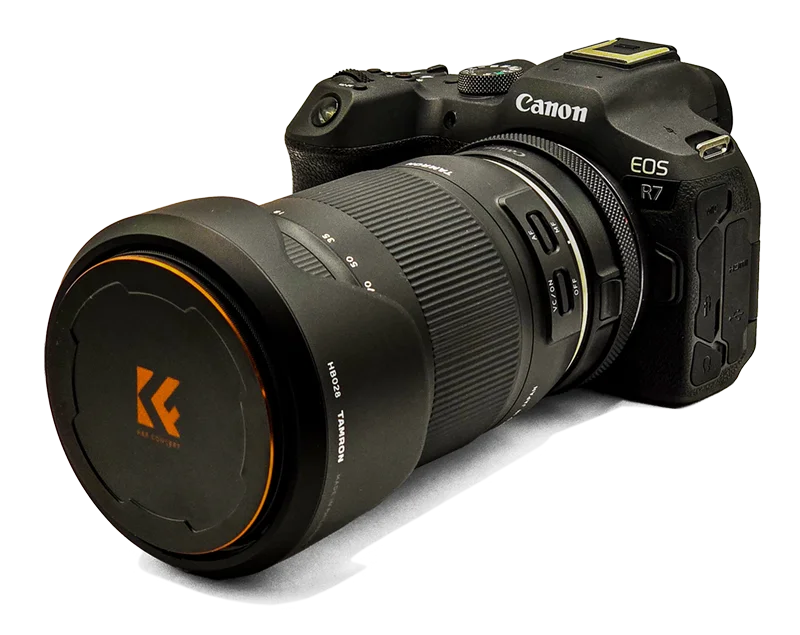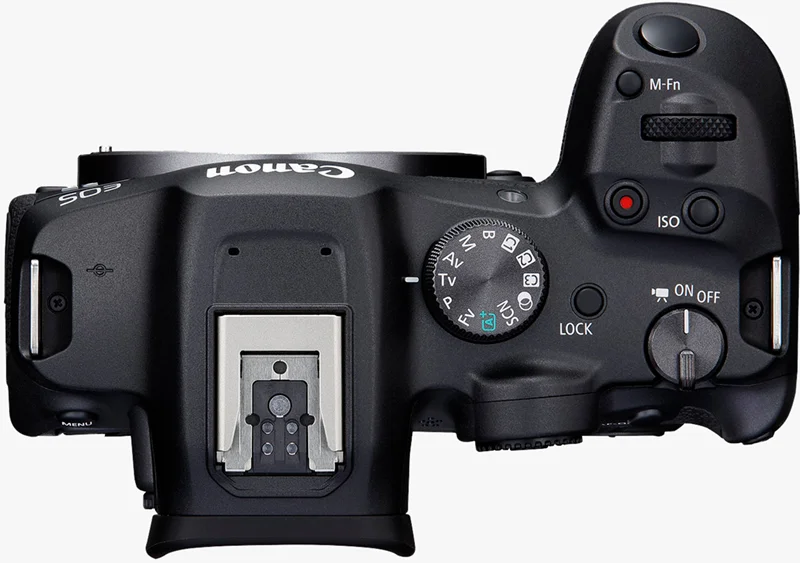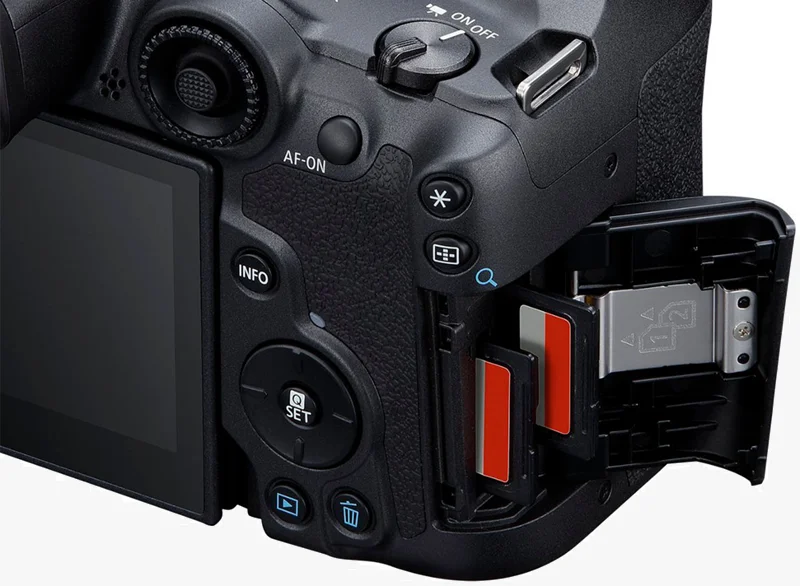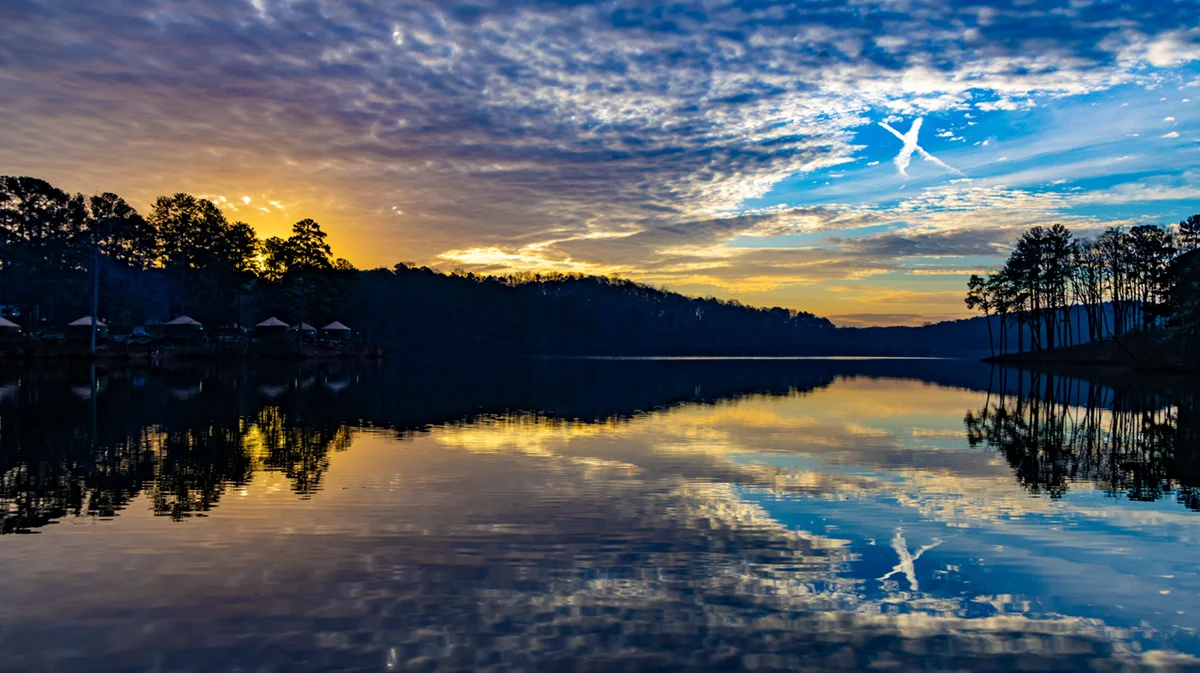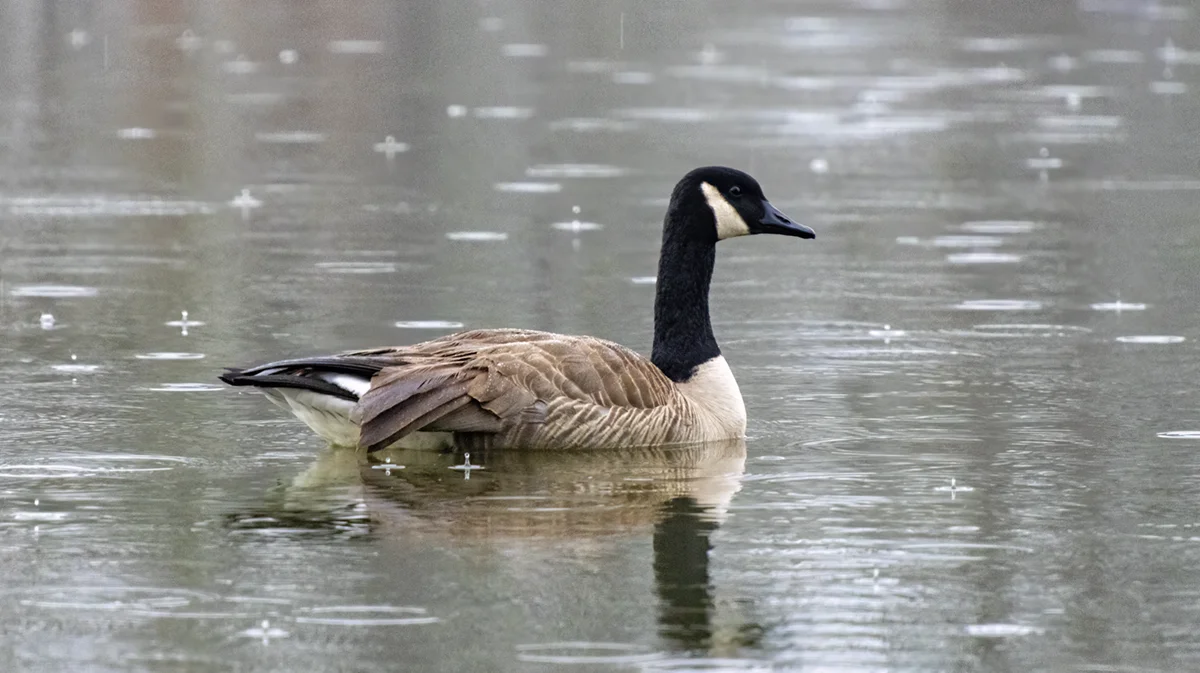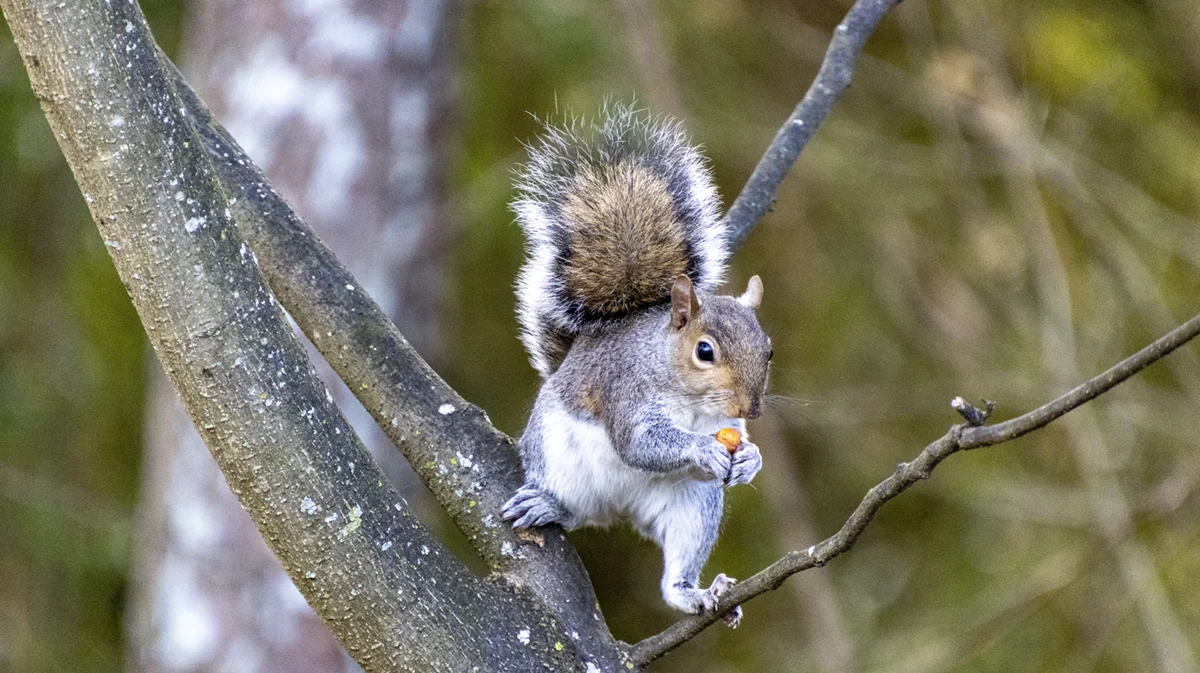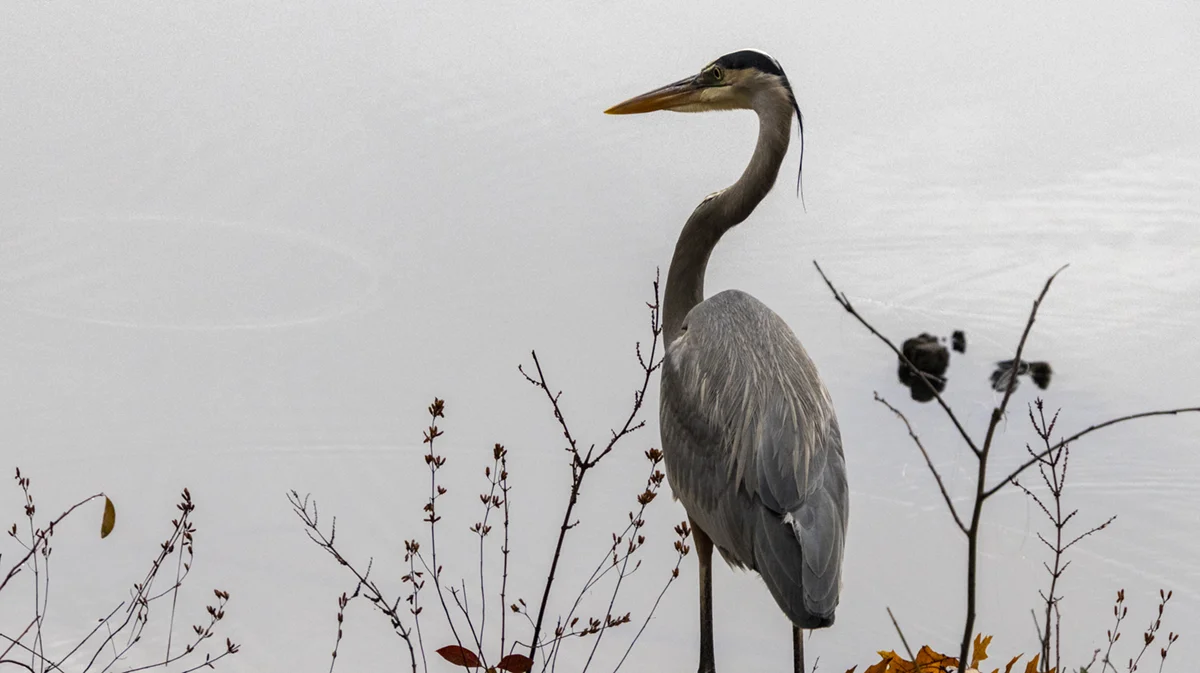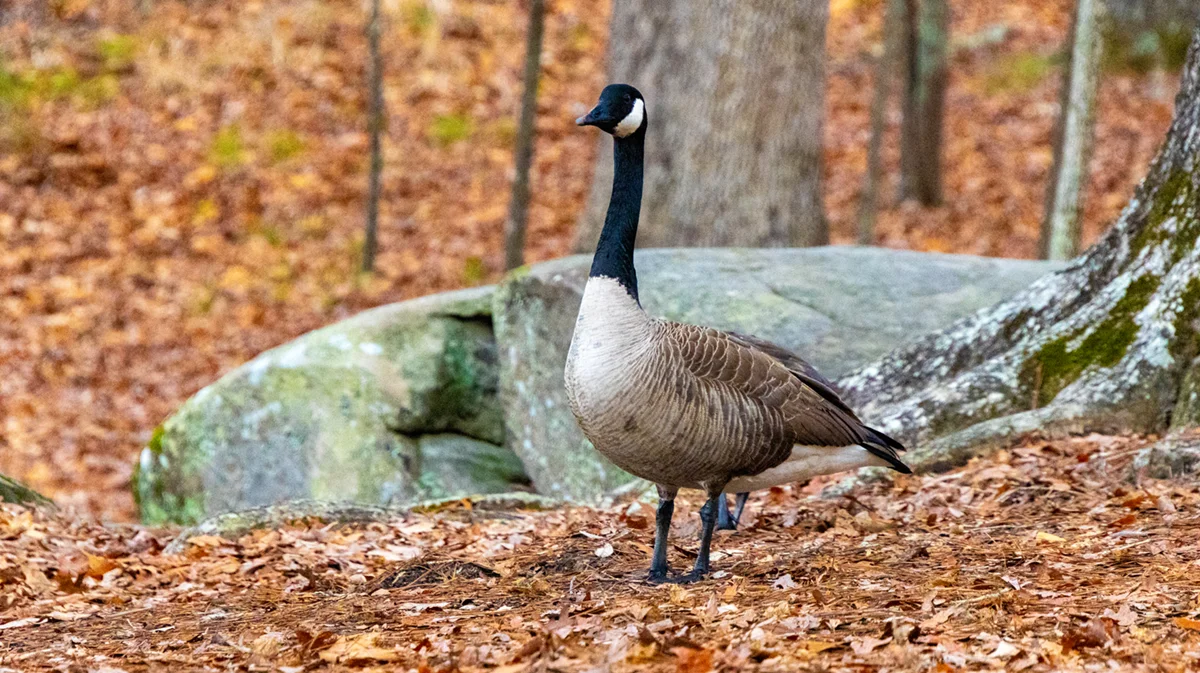Intro
As a photographer who relied on a trusty Canon Rebel T3 for nearly 12 years, the decision to upgrade wasn’t a light one. Countless hours of research led me to discover the Canon R7 – a camera designed to exceed the demands of passionate photo enthusiasts. Its blend of speed, precision, and advanced capabilities left me convinced it was the perfect tool to explore wildlife and landscape photography. From that initial excitement to capturing stunning frames in the field, the R7 continually proves itself a powerhouse.
Full Guide
Watch the follow up video which incorporates a review and long term impressions.
Table of Contents
Whether you’re an avid photographer passionate about landscapes and wildlife, or simply ready to expand your creative horizons, the Canon R7’s flexibility and capabilities won’t disappoint. Here’s a closer look at why this camera excels across genres. Let’s explore exactly why…
Sensor and Processor: The Pillars of Image Quality
The Canon R7 boasts a 32.5-megapixel APS-C CMOS sensor at its core. This offers a compelling blend of resolution and favorable low-light capabilities. Landscape photographers will rejoice in the sensor’s ability to capture intricate details while providing sufficient flexibility for cropping and printing large-scale images. The powerful DIGIC X image processor joins forces with the sensor to deliver outstanding images with well-managed noise. Expect colors to be vibrant and true-to-life, with in-camera options to tailor your images to suit your aesthetic.
Canon R7 boasts a 32.5-megapixel APS-C CMOS
Speed and Autofocus Mastery
Action-oriented photographers, especially those focused on wildlife, will find the R7’s speed and autofocus brilliance its true selling points. This camera unleashes bursts of up to 15 frames per second (fps) with its mechanical shutter and a jaw-dropping 30 fps with its electronic shutter. Those precious, split-second moments of animal behavior can be captured with startling clarity.
Canon’s renowned Dual Pixel CMOS AF II system backs up this blistering speed. With roots in Canon’s professional camera lineup, this autofocus powerhouse intelligently detects and tracks various subjects. The R7 seamlessly recognizes people, many animals (birds included), and even vehicles, ensuring pin-sharp focus regardless of how quickly your chosen subject moves.
Understanding the R7’s Image Buffer
The image buffer is temporary storage within the camera that holds image data before it’s written to your SD card. For those capturing fast-paced action like wildlife or sports, the buffer’s capacity and speed is crucial. Here’s what you need to know about the R7:
Buffer Size Varies:
- RAW: Holds roughly 40-50 images
- C-RAW: Offers a much larger buffer for extended bursts
- JPEG: Has the highest capacity due to smaller file sizes
- SD Cards Matter: Faster UHS-II cards can clear the buffer more quickly, making more space available for additional bursts.
What This Means for You
- Action Photographers: If you rely on long, continuous bursts (especially in RAW), invest in the fastest SD cards and consider shooting in C-RAW for a larger buffer.
- General Use: The buffer is less of a concern for casual photography and JPEG shooters, as files are smaller and processed quickly.
Built to Endure the Elements
Venturing into nature with your camera gear involves navigating sometimes unpredictable conditions. The Canon R7 won’t disappoint, sporting a robust build quality featuring weather-sealed magnesium alloy. This translates to worry-free handling despite dust, splashes, or the occasional rain fall. A vari-angle touch screen adds flexibility for composing images and videos at unique angles, further aiding shooting in challenging environments.
Top view of the Canon R7 without a lens
Ergonomics and Customization
A generously sized grip and thoughtfully placed controls further enhance its comfort during extended use. Photographers will appreciate the extensive customization options for buttons and dials. This allows you to optimize the R7 based on your personal preferences and streamline your workflow for rapid response in the field.
Landscapes Through Stills and Motion
While its high-speed prowess takes center stage, the R7 isn’t limited to wildlife or sports. It offers a high dynamic range for landscape photographers, resulting in well-balanced exposures even in scenes with deep shadows and bright highlights.
For cinematic landscape work, the R7 excels at 4K 60fps video now with no recording limit other than those imposed by your storage options. It even includes Canon Log 3 for greater flexibility while color grading, adding a professional touch to your videos.
In-Body Image Stabilization (IBIS): Steady in Your Hands
One of the standout advantages of the R7 is its impressive in-body image stabilization (IBIS). This is relatively uncommon in APS-C cameras, so it’s a significant win for all types of photography. From expansive landscapes at twilight to telephoto wildlife shots. This enhances portability and opens up shooting possibilities while you explore.
Powering Through Extended Sessions: The R7’s Battery Advantage
One of the key advantages the Canon EOS R7 holds over the R8 lies in its substantial battery life. The R7 utilizes the higher-capacity LP-E6NH battery, known for its longevity in other Canon cameras. This translates to dramatically longer shooting sessions compared to the R8’s smaller LP-E17 battery. For wildlife and landscape photographers who might spend hours in the field tracking subjects or waiting for the perfect light, this difference makes the R7 far more practical. You won’t need to carry as many spare batteries nor worry about missing crucial shots due to a dead camera.
We strongly recommend using genuine Canon batteries to ensure optimal performance and longevity for your Canon R7. Third-party batteries may not deliver the same level of power or reliability, potentially leading to frustrating experiences and even damage to your camera.
Powering Through Extended Sessions
While the Canon R7 boasts impressive battery life within its class, understanding the factors behind its endurance is key. CIPA ratings suggest approximately 660 shots (LCD) or 380 shots (viewfinder). However, your real-world results will depend on how you use the camera. Heavy bursts, autofocus, image stabilization, video recording, and reliance on the LCD can accelerate battery drain significantly.
For most photographers, expect to comfortably achieve around 400-500 shots per charge. Those anticipating longer shoots or demanding conditions should invest in spare batteries and consider these practices to stretch battery life further:
- Disable Wi-Fi and Bluetooth when not in active use. (Use the camera’s airplane mode)
- Utilize the viewfinder when possible, as it consumes less power than the LCD screen.
- Minimize image review time directly on the camera.
- Optional Power Boost: An external battery grip provides not only ergonomic benefits but also extends shooting sessions dramatically.
Dual SD Card Slots: Peace of Mind and Workflow Flexibility
The Canon R7 boasts dual UHS-II SD card slots for added security and convenience. This empowers photographers to simultaneously create duplicate backups of their valuable images and videos – priceless reassurance, especially out in the field. Having immediate backups can be a lifesaver in case of unforeseen card failures. For those aiming to maximize efficient workflow, the dual slots also support overflow recording (automatically switching to the second card when the first fills up) or separating file types (RAW on one card, JPEGs on the other).
We recommend the Prograde Digital SD UHS-II card for its robust reliability and peace-of-mind features. Protect your valuable work with counterfeit protection, advanced recovery software options, and a 3-year warranty.
A note to remember is that the average RAW file size produced by the R7 is 40mb.
Estimating Image Capacity on Your Memory Card
Ever wondered how many photos your memory card can hold? While the headline numbers (like 128GB) seem straightforward, it’s not quite as simple as it seems. Here’s a breakdown of the factors involved:
File Size: This depends on the image format you shoot in. RAW images capture the most data, resulting in larger file sizes (around 40MB for the R7). JPEGs are much smaller (typically under 10MB for high-quality settings).
Calculating Potential Photos
- Divide Card Capacity by Average File Size: For example, a 128GB card (128,000MB) divided by a 40MB RAW file size equals approximately 3,200 images.
Connectivity Options
The R7 keeps you connected to the world via Bluetooth and Wi-Fi. Transfer images seamlessly to your mobile devices for viewing or sharing them quickly on social media. You can also remotely control some of the R7’s functions using the Canon Camera Connect app. Imagine unique, hands-free perspectives in self-portraits or landscape photos without being directly behind the camera! For battery-conscious moments, enable airplane mode to deactivate those wireless features easily.
Essential Ports for Expanded Capabilities
The R7 offers a range of ports to support varied use cases and professional workflows. It features a micro-HDMI port for seamless video output to external monitors or recorders. A reliable USB-C port ensures high-speed data transfer of your images and footage to a computer, and also supports in-camera battery charging for convenience on the go. Additionally, dedicated microphone and headphone ports are essential tools for creators focused on high-quality audio and video production.
R7 vs. R8: Key Advantages
When compared directly to the newer Canon R8, the R7 emerges as the winner in a few distinct areas:
- Speed: More frames per second mean greater precision when capturing rapid movement.
- Autofocus: R7's AF system demonstrates broader subject recognition and slightly better overall performance.
- IBIS: This valuable feature enhances handheld shooting with any lens.
- Durability: Tougher weather sealing for demanding settings.
Lens Ecosystem
An important question: are there enough lenses tailored to this camera? A growing but still limited lineup of dedicated RF-S lenses (made for APS-C sensors) exists. However, you can always adapt full-frame RF lenses – just remember the 1.6x crop factor impacts your field of view, which can be an advantage depending on your goals. For even wider lens compatibility, using an adapter like the EF-to-RF gives access to Canon’s massive selection of DSLR lenses, ensuring that the R7 offers versatility for every budget and need.
Low-Light Performance
Though it handles high ISO settings relatively well, consider exploring its true capabilities and limitations with real-world examples. Photos taken at various high ISO values, and side-by-side comparisons with the R8 or key competitors in low-light will elevate this review for curious readers.
Photo Samples
A variety of photos taken on the R7 using a Tamron 18-400mm lens F3.5-6.5 lens at Stone Mountain Park in Winter 2024
Images downscaled to be web friendly
My Loadout
- Primary Lens: Tamron 18-400mm lens F3.5-6.5
- Carry: The Camera Bag for Every Adventure: City Streets to Hiking Trails (Partner Review)
- Safety: The Danger Buddies S-Curve Camera Strap for Hiking (Partner Review)
- Accessories: Elevate Your Shots: A Deep Dive into the Insta360 Extended 10ft Selfie Stick (Partner Review)
- More to come
The Verdict
The Canon EOS R7 offers a fantastic mix of features, making it a worthwhile choice for both avid enthusiasts and professionals. Landscape and wildlife photographers will undoubtedly find this camera a reliable tool for capturing their passion. While it sits towards the higher end of its class price-wise, the R7 offers outstanding value for the performance it delivers.
Ready to experience the Canon R7’s amazing capabilities? Upgrade your photography and capture those fleeting moments. Purchase yours on Amazon today using our affiliate link.
- DIGIC X IMAGE PROCESSOR: Enhances performance for sharp photos and ultra-high definition videos
Frequently Ask Questions
The Canon R7 delivers commendable low-light performance for an APS-C camera. Its 32.5MP sensor manages noise well at higher ISO settings, allowing yAre youapture usable images even in dim lighting conditions. However, results depend on what you're comparing it to - full-frame cameras generally reign supreme in extreme low-light situations.
Yes, you can absolutely use full-frame RF lenses on the Canon R7. Keep in mind the R7's APS-C sensor introduces a 1.6x crop factor. A 50mm full-frame lens will effectively become an 80mm lens on the R7, which is advantageous for wildlife and sports.
The R7's battery life is impressive for its class. On average, depending on use, you can capture roughly 500-700 shots on a single charge (or approximately 60 mins of video). Factors like burst shooting and heavy reliance on the LCD screen will drain the battery faster.
Yes! The Canon R7 features robust weather sealing against dust and moisture. While not designed for complete submersion, it can confidently handle splashes, rain, snow, and the demanding conditions outdoor photographers often face.
Whether the R7's higher price tag is justified depends on your needs. The R7 offers faster burst shooting, superior autofocus performance, in-body image stabilization, a larger battery, and more durable build quality. If these features are essential for your photography, the R7 delivers good value.
Absolutely! The R7's phenomenal autofocus system, particularly its advanced animal tracking, practically guarantees sharp photos of birds in flight. Combined with its exceptionally fast burst shooting, you'll capture more precise moments within those brief encounters in nature.
While a capable low-light camera, the R7's true strengths lie elsewhere. Due to its smaller sensor, it can struggle in extreme low-light compared to full-frame options. However, it still delivers usable images up to reasonably high ISO settings, especially when paired with fast aperture lenses.
It definitely can be! APS-C cameras like the R7 are inherently smaller and lighter than full-frame counterparts. Paired with the growing RF-S lens lineup, your kit remains both capable and easy to travel with. Its battery life and weather-sealing are additional bonuses for photographers on the go.
Get it for – $1,819.00
